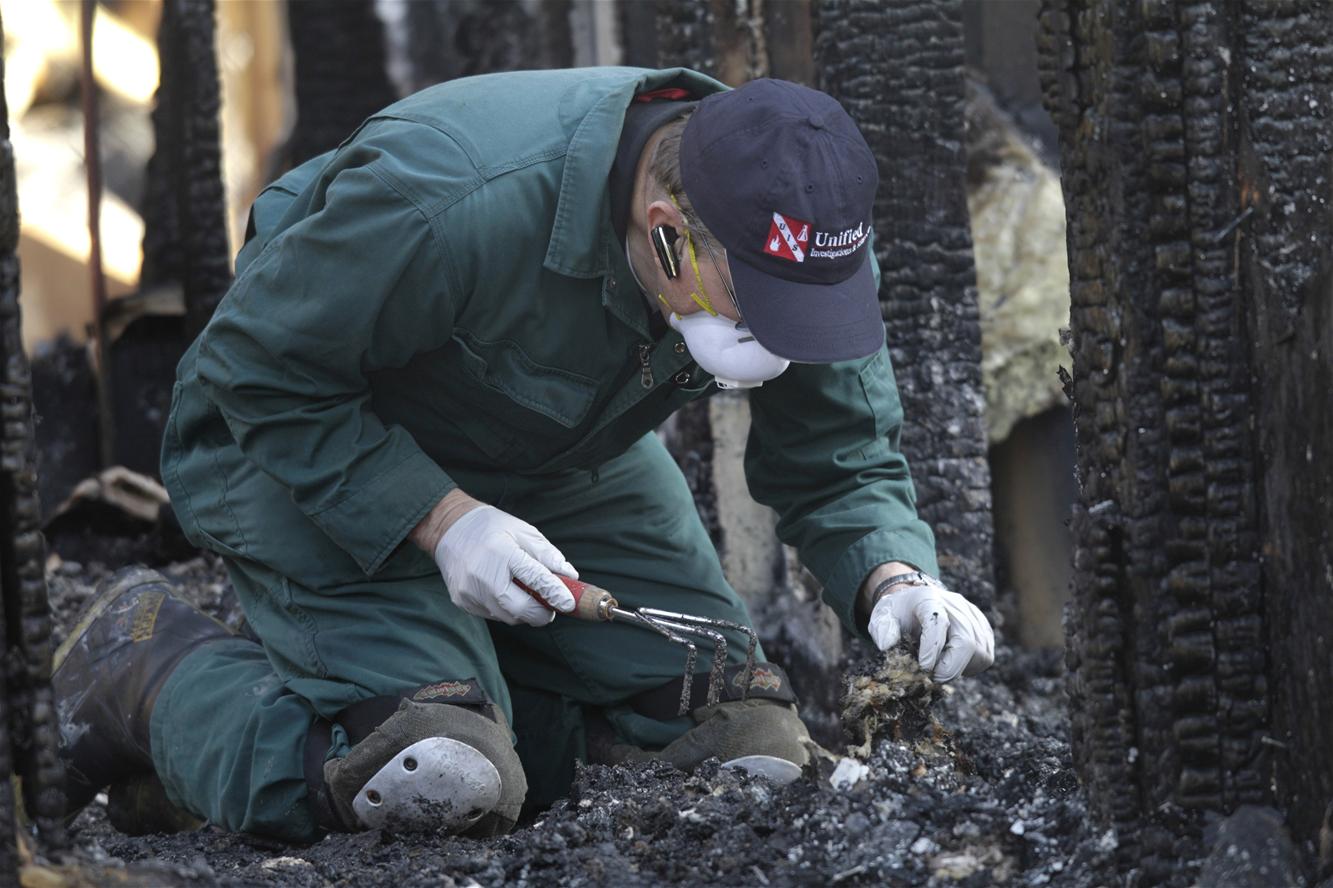
When the Fire Investigators or the CSI appear on any Arson crime scene, the first thing which they determine is that, where did the fire start? Once they have decoded on the location of the fire, the next important question is how did the fire start, and what are the materials that were used to start the fire. In this article, let us see on how a criminal starts a fire, and what are the material he/she uses to create a blazing inferno.
After determining the location from which the fire started, the next step is to find out what started the fire, and what are the materials used to enhance the fire. They look at some of the most generic conditions for which the fire can start and spread. Mostly, for arson investigators, the potential causes are human factors, whether accidental or willful.
A thorough research is done around the area from which the investigators think, the fire started. The arson investigators mainly search for igniters and accelerants. Some of the most potent ignition sources are candles, fireplaces, faulty wirings, oil lamps, cigarettes and spontaneous combustion.
So, what is spontaneous combustion now?
Spontaneous combustion is often defined as an internal chemical reaction, which often starts a fire. Spontaneous combustion though very rare, can happen when materials which are flammable are kept in an enclosed space. Like, an oil soaked towel in a closed pantry. Often in an enclosed space, the heat has nowhere to go, and therefore increase the temperature of the room, hence igniting the oily towel in the aforementioned case.
The arson investigators analyze the fire, and they categorize them as accidental, natural or willful. Like, a natural fire is events that are often triggered by lightning. Accidental fires are something that are triggered by the burning ends of a cigarette or faulty wirings. Willful fires are caused when there is a combustible or electrical timing device in the close vicinity of the fire.
What are the materials or tools used by the Perpetrators?
The complexity of the tool used by the perpetrators vary from complex to simple. Like for example, the most common source of igniting something may be a match. After lighting the fire, the criminal throws the matches aside, thinking that the fire will eventually destroy them. But they are wrong, even a slightest of match stick, may leave enough evidence for the arson investigators.
Actually, the head portion of the match contains a material which is found from silica based earth, called diatoms. Diatoms are used in production of matches in a large scale. These materials have the capability to escape fires. Now, match manufacturers use different species of diatoms so that their manufactured product may be identified easily.
Another simple ignition tool may be a bundle ofpaper which is ignited by lamp. It starts a fire very fast, and also spreads like a bonfire.
Complex ignition tools include combustible timing device, which can be made in various ways by the perpetrator.
Origin and Cause is one of the leading consulting forensic engineering and arson investigating firm in Canada. Origin and Cause has been a leader in this genre for over 25 years now, and has solved over 30000 cases so far. With highly trained and skilled professional, this company has a huge reputation which is built by integrity towards their services. Call them to get an appointment.



















